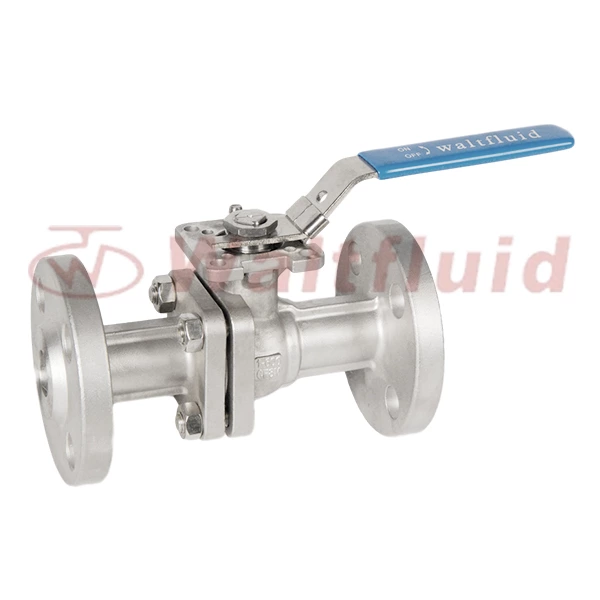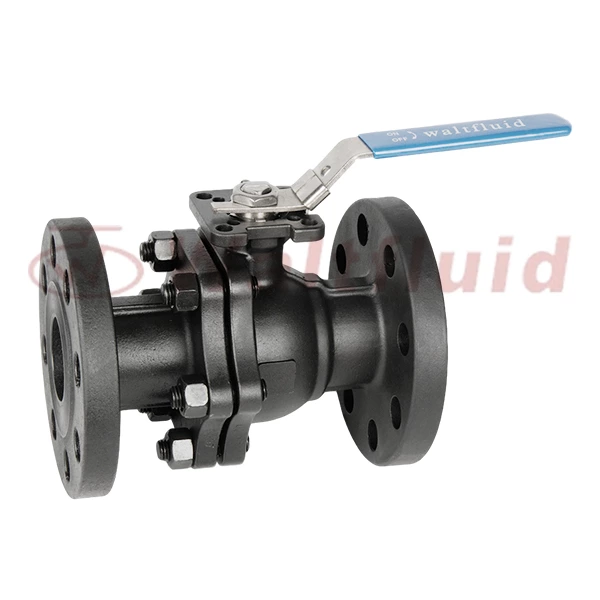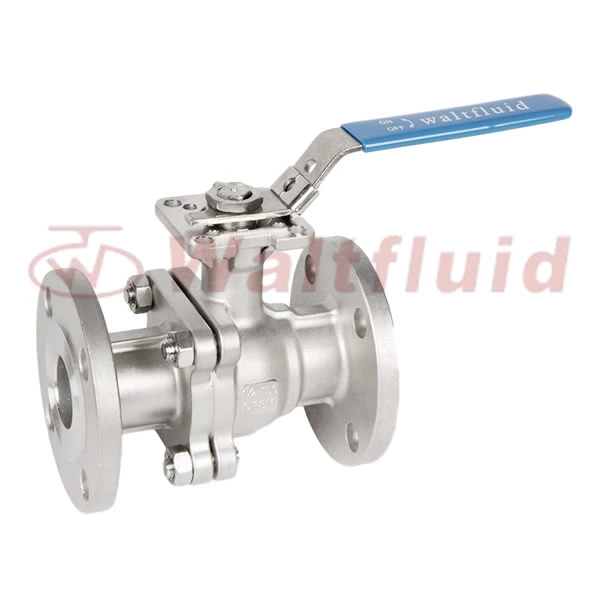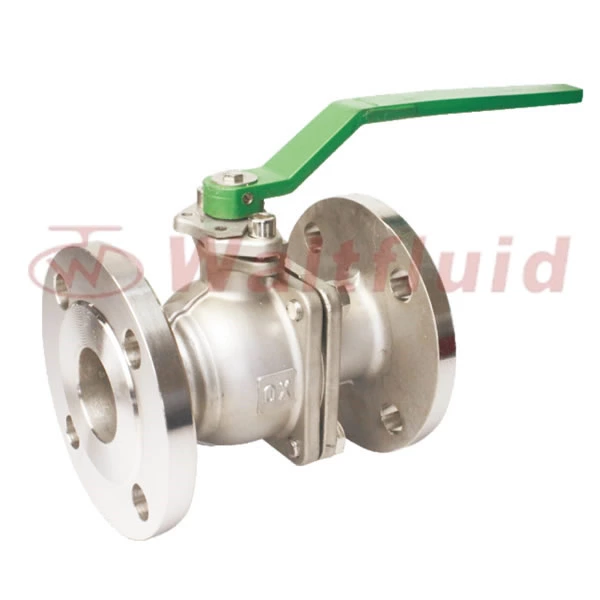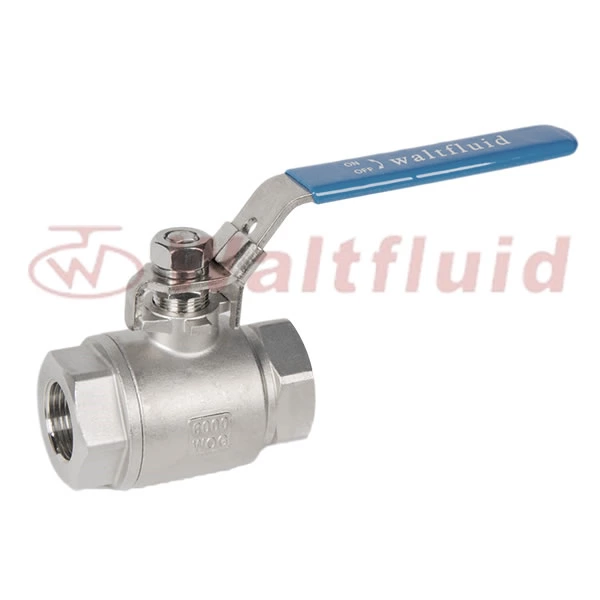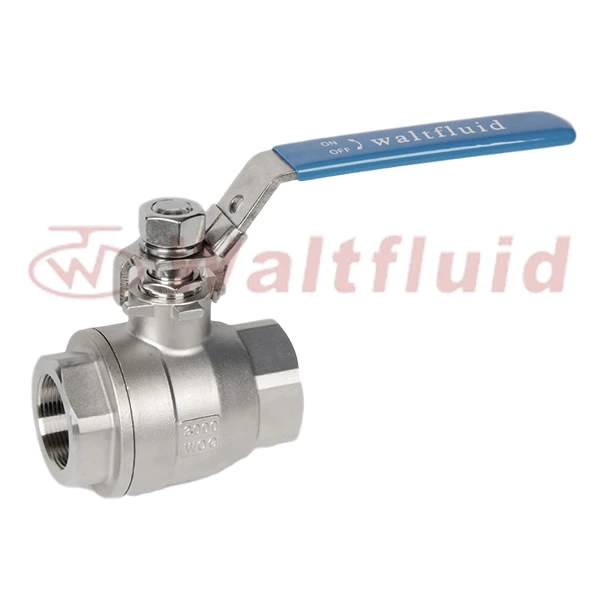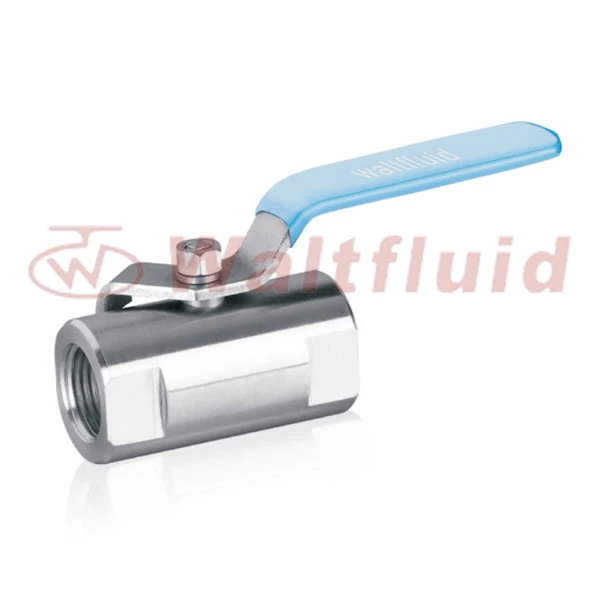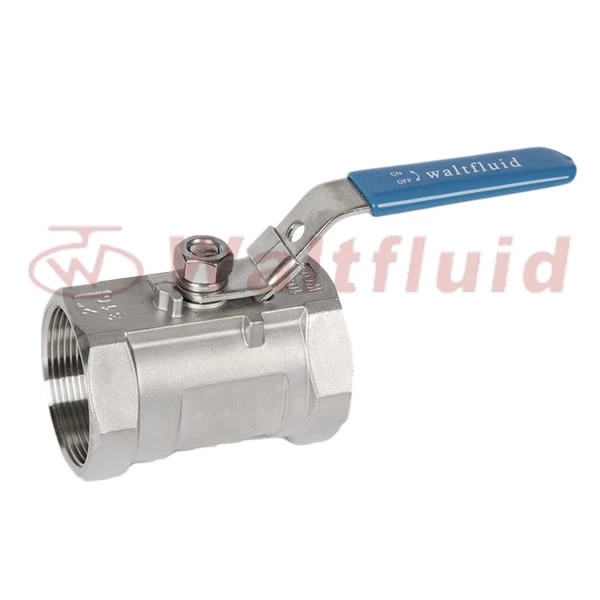Analysis Of The Sealing Performance Of Stainless Steel Ball Valves And How To Prevent Rust
1 Piece Threaded Ball Valve The form of the main sealing structure, the choice of sealing materials and other factors that affect the sealing performance, performance and reliability of the ball valve. At present, the main structure of the combined sealing seat composed of elastic expansion ring and polytetrafluoroethylene lip sealing seat is used on stainless steel ball valves. Stainless steel ball valves are widely used in various pipeline systems for rapid cutting, changing the flow direction of the medium and automatic control, and can be driven by manual, electric or pneumatic means.
The sealing structure of the stainless steel ball valve is mainly composed of three parts. The first is the seal between the main and auxiliary valve bodies, which is realized by the sealing adjustment gasket; the second is the seal between the main valve body and the valve stem, which is realized by the standard "V"-shaped packing or O-shaped sealing ring, forming the external sealing structure of the ball valve. The third is the seal between the ball and the main and auxiliary valve bodies, which is realized by the sealing seat, forming the main sealing structure of the ball valve. The sealing of the main sealing structure affects the working performance of the ball valve and is a key sealing structure in the design and manufacture of the ball valve. This article will focus on the non-metallic seal (also known as soft seal) structure of the main seal of the ball valve.
1. Sealing requirements of ball valves: The national standard stipulates that the sealing of non-metallic sealed ball valves shall be implemented according to Class A of GB/T13927 "General Valve Pressure Test";
2. The main factors affecting the sealing of stainless steel ball valves are the roughness of the sealing surface and the roundness parameters of the ball body;
3. The main sealing structure of the ball valve adopts a combined sealing seat composed of an elastic expansion ring and a polytetrafluoroethylene lip sealing seat of a rubber-lined valve. It can rely on the good elastic-plastic deformation ability of the metal material elastic expansion ring to enhance its overall elastic-plastic deformation ability and compensation ability, and improve the sealing ability of the ball valve;
Adopt a sealing seat with elastic elements. The acquisition and adjustment of the pre-compression amount no longer rely on the sealing adjustment gasket but are realized by the elastic element. In addition to obtaining the necessary pre-compression amount, the sealing seat with elastic elements can also compensate for the pre-tightening pressure ratio within the elastic deformation range of the elastic element, and the service life of the stainless steel ball valve is relatively long.
In order to ensure the sealing of the stainless steel ball valve when the working pressure of the medium is low, a certain pre-tightening pressure ratio must be formed between the ball and the sealing seat. In the rigid sealing seat, the reliability and service life of the stainless steel ball valve are determined by the correct selection of the pre-compression of the sealing seat.
In order to ensure the sealing performance of the stainless steel ball valve when the medium working pressure is low, a certain pre-tightening pressure ratio must be formed between the ball and the sealing seat. In the rigid sealing seat,
The reliability and service life of the stainless steel ball valve are determined by the correct selection of the pre-compression of the sealing seat. Insufficient pre-compression cannot guarantee the low-pressure sealing performance of the ball valve: excessive pre-compression will increase the friction torque between the ball and the sealing seat, affecting the action performance of the stainless steel ball valve; and may cause plastic deformation of the sealing seat, resulting in sealing failure. For polytetrafluoroethylene sealing seats, the pre-tightening pressure ratio should generally be 0.1 PN and not less than 1.02MPa.
The adjustment of the pre-compression of the rigid sealing seat is achieved by changing the thickness of the sealing adjustment gasket. The error in the processing of the sealing adjustment gasket will affect the adjustment effect: reasonable assembly and adjustment are the key to obtaining good sealing. In use, after the sealing seat is worn, the automatic adjustment ability of the pre-tightening pressure ratio is very poor, so the service life of the rigid sealing seat structure ball valve is relatively short.
One of the ways to solve the problem is to use a sealing seat with an elastic element. At this time, the acquisition and adjustment of the pre-compression amount no longer rely on the sealing adjustment gasket but are realized by the elastic element. In addition to obtaining the necessary pre-compression, the sealing seat with an elastic element can also compensate for the pre-tightening specific pressure within the elastic deformation range of the elastic element. Therefore, the service life of the ball valve is relatively long.
The key to solving the sealing of stainless steel ball valves lies in the structural form of the sealing seat and the selection of the sealing seat material. According to different structures and use requirements, the structural form of the sealing seat should be reasonably selected to ensure good processing technology of the sealing seat: Selecting sealing materials with excellent performance and adaptable to the use requirements, meeting the sealing requirements of the ball valve, and improving the reliability and service life of the ball valve are issues that should be considered in the improvement design of the ball valve.
Stainless steel ball valves are very easy to come into contact with other metal iron products during the production process. In order to keep stainless steel valves from rusting, the easiest way is to follow the following process.
First: After the stainless steel ball valve is finished, it must be rinsed after pickling. If there are sand holes or perforations, it should be welded with gas shielded argon arc welding, then polished, and then solid solution treated;
Second: After the stainless steel ball valve is finished, after the processing and pressure test is completed. It should be rinsed with water with anti-rust powder.
Third: During transportation, the stainless steel ball valve should be packed in wooden boxes as much as possible and should not contact metal products.
Fourth: After installing the pipeline, regularly maintain and maintain the stainless steel ball valve, such as applying lubricating oil to the valve stem frequently. Open and close the valve several times appropriately. Make the inner ball, valve stem, and sealing surface not easy to assimilate.
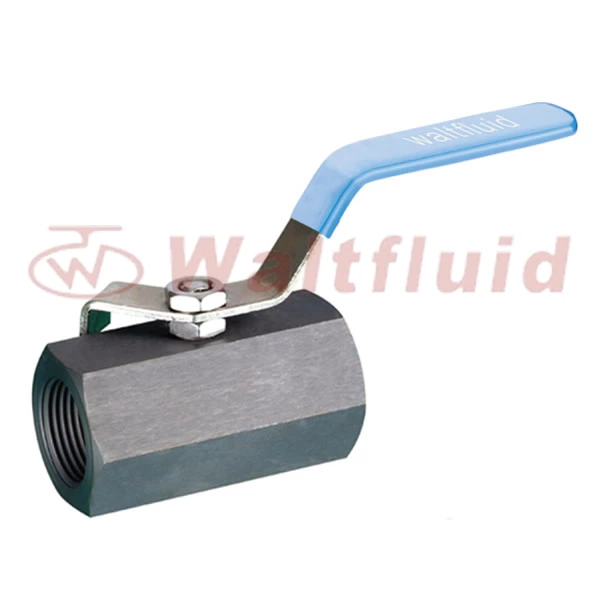
 English
English 中文
中文 Pусский
Pусский  Español
Español
